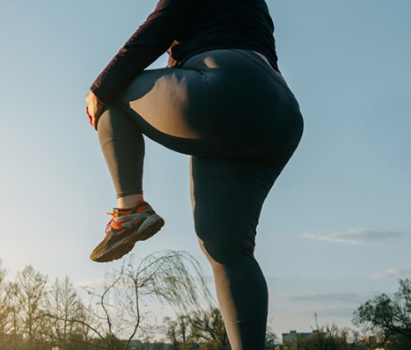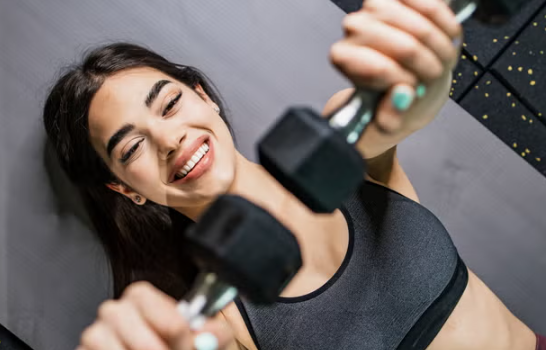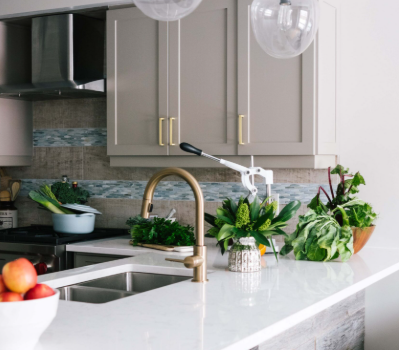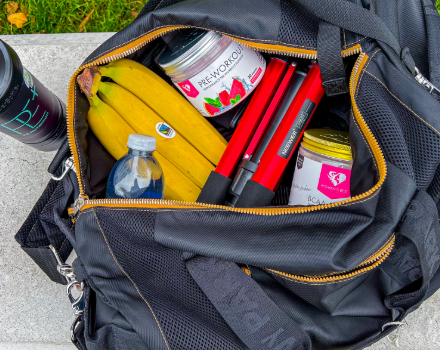Managing Attention Deficit Hyperactivity Disorder (ADHD) in children can be challenging, as it affects their ability to focus, control impulses, and regulate energy levels. While medication and behavioral therapy are often prescribed to manage ADHD, diet also plays a crucial role in improving symptoms. A balanced, nutrient-dense diet can help support brain health and reduce the hyperactivity and inattention that often accompany ADHD. This guide will explore the best foods for children with ADHD, foods to avoid, and some practical meal ideas.
What Is an ADHD Diet?
An ADHD diet is a nutritional plan that focuses on whole foods rich in essential nutrients, including fruits, vegetables, whole grains, lean proteins, and healthy fats. These foods can help support optimal brain function, improve concentration, and regulate mood. By carefully choosing the right foods, parents can help manage their child’s ADHD symptoms and provide the nutrients needed for overall health.
How Does Diet Affect ADHD in Kids?
Research indicates that diet can influence the symptoms of ADHD. For example, high sugar intake has been shown to exacerbate hyperactivity and impulsivity. Excessive sugar can cause spikes and crashes in blood sugar levels, which affect a child’s mood and energy. A diet high in artificial additives, preservatives, and food colorings has also been linked to worsened behavior and cognitive performance in children with ADHD.
Additionally, current research is exploring how specific nutrients like omega-3 fatty acids, iron, and zinc affect ADHD symptoms. Some studies suggest that eliminating certain trigger foods or food additives may improve focus and behavior. More research is needed to fully understand how diet impacts ADHD, but it’s clear that nutrition plays a significant role in managing the disorder.
Best Foods for Kids with ADHD
The right foods can help improve brain function, reduce impulsivity, and stabilize mood in children with ADHD. Here’s a list of beneficial foods:
High-Protein Foods
Protein-rich foods help stabilize blood sugar levels and improve focus. Protein provides the amino acids necessary for neurotransmitter production, which supports attention and cognitive function. Sources of protein include lean meats, fish, eggs, dairy, legumes, nuts, and seeds. Both animal and plant-based proteins are effective, though animal proteins tend to have a more complete amino acid profile. For vegan families, a well-balanced diet that includes a variety of plant proteins can also support ADHD management.
Omega-3 Fatty Acids
Omega-3 fatty acids are essential for brain health and have been shown to reduce hyperactivity and impulsivity in children with ADHD. These fats are important components of brain cell membranes and help with neurotransmitter function. Fatty fish such as salmon, mackerel, and sardines are excellent sources of omega-3s. For vegan families, plant-based options like flaxseeds, chia seeds, hemp seeds, and walnuts provide omega-3s, though they contain ALA, which must be converted into EPA and DHA in the body.
Complex Carbohydrates
Complex carbohydrates, such as whole grains, legumes, and vegetables, help maintain steady blood sugar levels, which is essential for managing ADHD symptoms. Unlike simple carbohydrates (found in sugary foods), complex carbs break down slowly and provide a steady source of energy. Foods like oats, quinoa, sweet potatoes, and berries are excellent sources of complex carbs that support focus and mood stability.
Vitamins and Minerals
Certain vitamins and minerals, such as zinc, iron, and magnesium, play important roles in brain function and ADHD symptom management. These nutrients support neurotransmitter production and cognitive performance. Foods rich in these minerals include spinach, pumpkin seeds, lean meats, fortified cereals, and legumes.
Dairy and Calcium
Dairy products are rich in calcium and protein, both of which are important for brain function. Calcium helps with neurotransmitter release and muscle function. While some children with ADHD may be sensitive to dairy (particularly casein), for most, dairy can be a beneficial part of the diet. Alternatives like fortified plant milks (soy, almond, oat) can also provide adequate calcium.
Foods to Avoid with ADHD
Certain foods and additives can worsen ADHD symptoms. Limiting or eliminating these from your child’s diet may improve focus, behavior, and overall health.
Sugar and Simple Carbohydrates
Sugar and refined carbs can cause spikes and crashes in blood sugar levels, leading to irritability and hyperactivity. Instead of sugary snacks and sodas, offer fresh fruits, yogurt with nuts and seeds, or homemade fruit smoothies. These options provide natural sugars and are richer in fiber, which helps regulate blood sugar.
Artificial Additives
Artificial food colorings, preservatives, and sweeteners can increase hyperactivity and distractibility in children with ADHD. Additives like Red 40, Yellow 5, and sodium benzoate have been linked to worsened behavior. To avoid these, read food labels carefully and choose whole, unprocessed foods, such as fresh fruits, vegetables, and whole grains.
Caffeine
Caffeine can exacerbate anxiety and restlessness in children with ADHD. Caffeine stimulates the central nervous system, which can lead to jitteriness and sleep disturbances. Avoid foods and drinks containing caffeine, such as soda, energy drinks, coffee, and chocolate.
Gluten and Casein
While the research is still inconclusive, some studies suggest that children with ADHD may benefit from eliminating gluten (found in wheat, barley, and rye) and casein (found in dairy) if they have sensitivities. Symptoms like gastrointestinal issues, irritability, or mood swings could indicate a sensitivity. Consult with a healthcare provider before eliminating these foods from your child’s diet to ensure they are replaced with appropriate alternatives.
Processed Foods
Processed foods often contain unhealthy fats, sugars, and artificial additives, all of which can aggravate ADHD symptoms. Avoid fast food, fried foods, and packaged snacks, which can contribute to mood swings and erratic behavior. Instead, focus on whole foods prepared at home, which allow for better control over ingredients.
Nutritional Supplements for ADHD Kids
In addition to a balanced diet, certain supplements may support children with ADHD. Omega-3 fatty acids, iron, zinc, magnesium, and vitamins B6 and D are all essential for brain health and managing ADHD symptoms. While it’s best to obtain these nutrients from food, supplements can be helpful if your child’s diet is lacking. Always consult with a healthcare professional before adding supplements to your child’s routine.
Best Diet Plans for ADHD Kids
Several diet plans have been suggested for children with ADHD, including:
Paleo Diet
The Paleo diet focuses on whole, unprocessed foods like lean meats, fish, fruits, vegetables, nuts, and seeds while excluding grains and dairy. This diet emphasizes nutrient-dense foods that may support brain function and reduce ADHD symptoms.
Feingold Diet
The Feingold Diet eliminates artificial colors, flavors, and certain preservatives from the diet. Some parents report behavioral improvements with this diet, although scientific evidence is mixed.
Elimination Diet
An elimination diet involves removing potential trigger foods (like gluten, dairy, or soy) and then reintroducing them to identify which foods worsen ADHD symptoms. This approach should be done under the guidance of a healthcare provider.
High-Protein Diet
A high-protein diet includes plenty of lean meats, eggs, and legumes. Protein supports neurotransmitter production and can help improve focus while reducing hyperactivity.
Additional Tips for Kids with ADHD
In addition to dietary changes, several other strategies can help manage ADHD symptoms:
- Maintain a Balanced Diet: Focus on nutrient-dense foods to support brain function and overall health.
- Incorporate Omega-3s: Include fatty fish, flaxseeds, chia seeds, and walnuts in your child’s diet.
- Minimize Artificial Additives: Avoid foods with artificial colors, flavors, and preservatives.
- Choose Low-Glycemic Foods: Opt for complex carbs to prevent blood sugar fluctuations.
- Ensure Adequate Hydration: Encourage regular water intake to support cognitive function.
Conclusion
A well-balanced diet plays a crucial role in managing ADHD symptoms in children. By emphasizing high-protein foods, omega-3 fatty acids, complex carbohydrates, and essential vitamins and minerals, parents can help improve focus and reduce hyperactivity in their children. Avoiding sugar, artificial additives, and potential allergens like gluten and casein is equally important. With the right dietary approach, children with ADHD can experience improved behavior and better overall health.


















